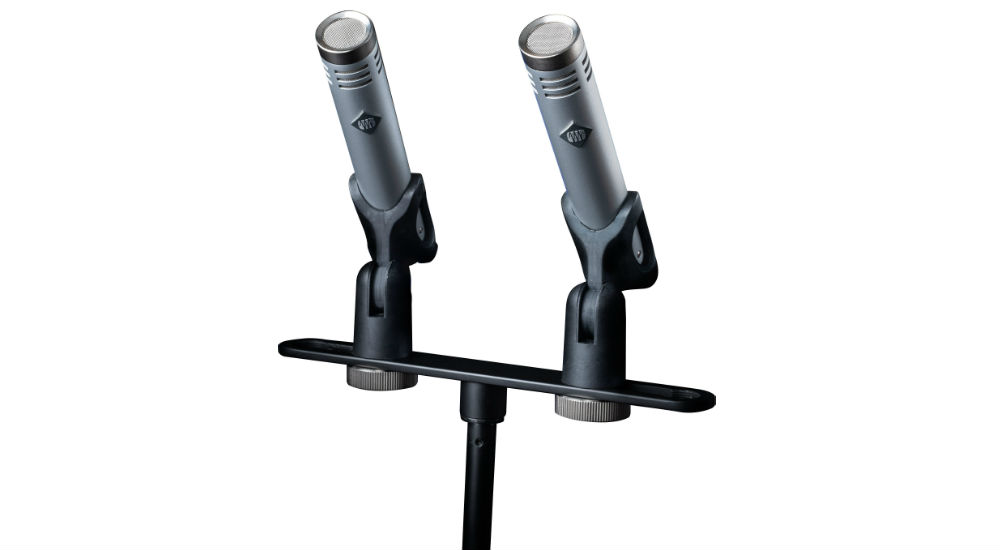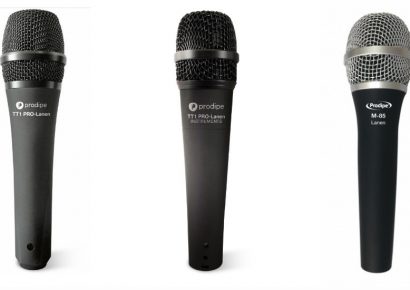Let it be known, the exquisitely designed PM-2 is an absolute masterclass in modern microphone design for the prosumer market. Every aspect of the PM-2 just feels well considered and makes perfect sense both on paper and in practise. From the lightweight chassis (to offset the added mass of the large-ish capsule), to the utilitarian, no frills packaging, the PM-2 reflects a company very much in sync with its intended market. From the outset The PM-2’s modus operandi is abundantly clear – to provide a rugged, affordable, stereo-pair with the project studio in mind. Where PreSonus have excelled with this particular offering (and what makes the PM-2 such a winner) is in the capsule design itself and how the PM-2’s unique voicing translates so seamlessly into the world of home recording.
The 19.2mm, 6 micron thick diaphragm found on the PM-2 is notably larger than what you would normally expect to find on a traditional small diaphragm condenser. This larger, heavier diaphragm, coupled with the PM-2’s Class A FET circuitry marks an intentional move towards a smoother, more complimentary transient response. This makes sense, considering the fast-attack, solid-state preamps typically found on the kind of consumer level interfaces this microphone is likely to be paired with. A slower, less sensitive capsule is also more likely to play nice with untreated rooms, rounding off jagged frequencies and dulling harsh reflections.
To put it simply, the PM-2 has been specifically designed to downplay the unflattering aspects of your recording chain, whilst keeping the overall sound as flat and neutral as possible to allow for maximum workability. It’s a level of consideration rarely seen in a budget microphone and something definitely worthy of adulation. Sound-wise, I found the PM-2 to have a recessed, almost ribbon-y quality to it with a very usable off-axis response and a more than generous sweet-spot. I found it performed particularly well on acoustic guitar, especially on singer-songwriter material, where it sits nicely behind a vocal or lead guitar. It’s this inherent mellowness that also makes the PM-2 a prime candidate for capturing nylon string guitar or foley; tricky sources that can very quickly veer into harshness if not mic’d correctly.
Being a matched stereo pair, the most obvious home for the PM-2’s would be hovering above a drum kit and for this application I found them to be a welcome addition to any mic closet (especially when the program material called for a slightly darker kit sound). They have that kind of workable neutrality that serves as a perfect ‘get out of jail free’ card if nothing else seems to be working.
One aspect of the PM-2 that could potentially catch some engineers off-guard (and probably something worthy of mention), is the sheer amount of gain required to bring them up to a respectable volume. This flies somewhat contrary to the typical small diaphragm condenser, but makes perfect sense considering the enlarged diaphragm and FET circuit.
In summary, the release of the PM-2 represents a real watershed moment, not only for Presonus peripherals, but for budget microphone design in general. Up until now, manufacturers have been notoriously slow to adapt their capsule design to the new found rigours of the home studio/DAW market. The PM-2 is a prime example of what can be achieved with a bit of extra care and forethought at the R’n’D stage.

